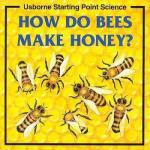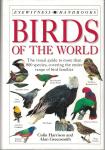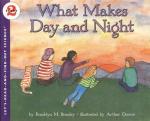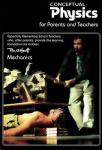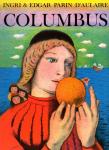Alicia Van Hecke
How Do Bees Make Honey?
A small, inexpensive book filled with pictures and lots of other information picture about bees and other insects. You'll learn how to tell bees apart from other insects, how bees live together in colonies and all about their beehives, how bees communicate with each other (my children have really enjoyed trying to re-enact the bee's dances) and of course how bees make honey. The one thing I didn't like is that the material is so disjointed because it jumps around between different kinds of insects.
Birds of the World
This is my favorite of the Dorling Kindersley Eyewitness Handbooks and I would venture to guess that it's probably the best bird handbook you can find. Hundreds of birds, from doves and swallows, to hawks and falcons and tropical birds are included with clear photos, a small map of where they can be found, an icon showing how large they are in comparison to the book, and other basic information about their habitat, migration, etc. Our family has used this guide extensively in identifying and learning more about the substantial variety of birds we find in our own backyard.
What Makes Day and Night?
The clearly written text is combined with simple, colorful pictures to make the concepts of day and night and the rotation of the earth in relation to the sun very understandable for both young children and their parents. : ) Included is a very simple hands-on "experiment" requiring only your child and a desk lamp. Some information about the moon is also covered. Like other books in this series, this book is a great solution for satisfying some of those "why" questions that young children constantly ask.
Conceptual Physics for Parents and Teachers, Book One: Mechanics
The Conceptual Physics series is designed to make scientific concepts more accessible to parents and teachers. The hope is that a greater understanding on our part will lead to more and better information for children at a young age so that they might begin to develop an interest in science and the wonders of the world around them. The author explains that the current emphasis in education seems to be on the process of how we came to understand certain things and that many students leave school without understanding basic concepts of gravity, motion, etc.
Trains
I really like it when authors of children's books remember that details of how things work are fascinating to children. Gail Gibbons is definitely one of those authors. Her book is filled with very simple illustrations and text about trains, but the various parts of the trains are labeled and the text explains things like how the trains link together and the differences between gondola cars, hopper cars, boxcars and tank cars.The back page contains a chart of signs and signals relating to trains. Appropriate for preschool or kindergarten age children.
Handbook of Nature Study
This is a very informative handbook on a large portion of nature, originally written for elementary school teachers. It covers wildlife, insects, farm animals, birds, fish, trees, flowers, weeds, vegetables, rocks, minerals, soil, climate, weather, magnets, the sun, moon, planets of our solar system and much more. According to the 1986 foreword, most of the living things described are common in the northeastern states of the U.S. but it covers a lot of material that would be helpful in other parts of the country as well.
The Merchant's Mark
The Merchant's Mark is a mystery set in England in 1493, against a rich historical background of a family involved in the wool industry. The author weaves much detail about the wool and cloth trades into the story. Many traditions, celebrations and religious practices are also included, giving the reader a very nice picture of life at that time - particularly their strong Catholic culture. This might be a good book to read alongside a study of Christopher Columbus.
The Writing on the Hearth
England in the mid 1400's, Catholic perspective. Because this book does deal with the subject of witchcraft, I think it's probably appropriate for upper grade school and high school. It would be helpful to be familiar with the life of Saint Joan of Arc first. The story is of a teenage boy named Stephen who dreams of attending Oxford some day. He gets mixed up in a mystery/adventure which threatens to destroy that dream. The story nicely, but subtly shows his intellectual development as he matures. He discovers the importance of study in learning to discern the truth.
Columbus
This is another great biography by the D'Aulaires. Well told and beautifully illustrated, this book will introduce you to Columbus' boyhood dreams, some of the reasons why he (and others) believed the earth was round, his early sailing days and interest in the tales of Leif Ericson, and of course the story of his family, his long quest for sponsorship of his desired trip and finally his voyages to America. Most adults don't know as much about Columbus as your children can learn from this story.

